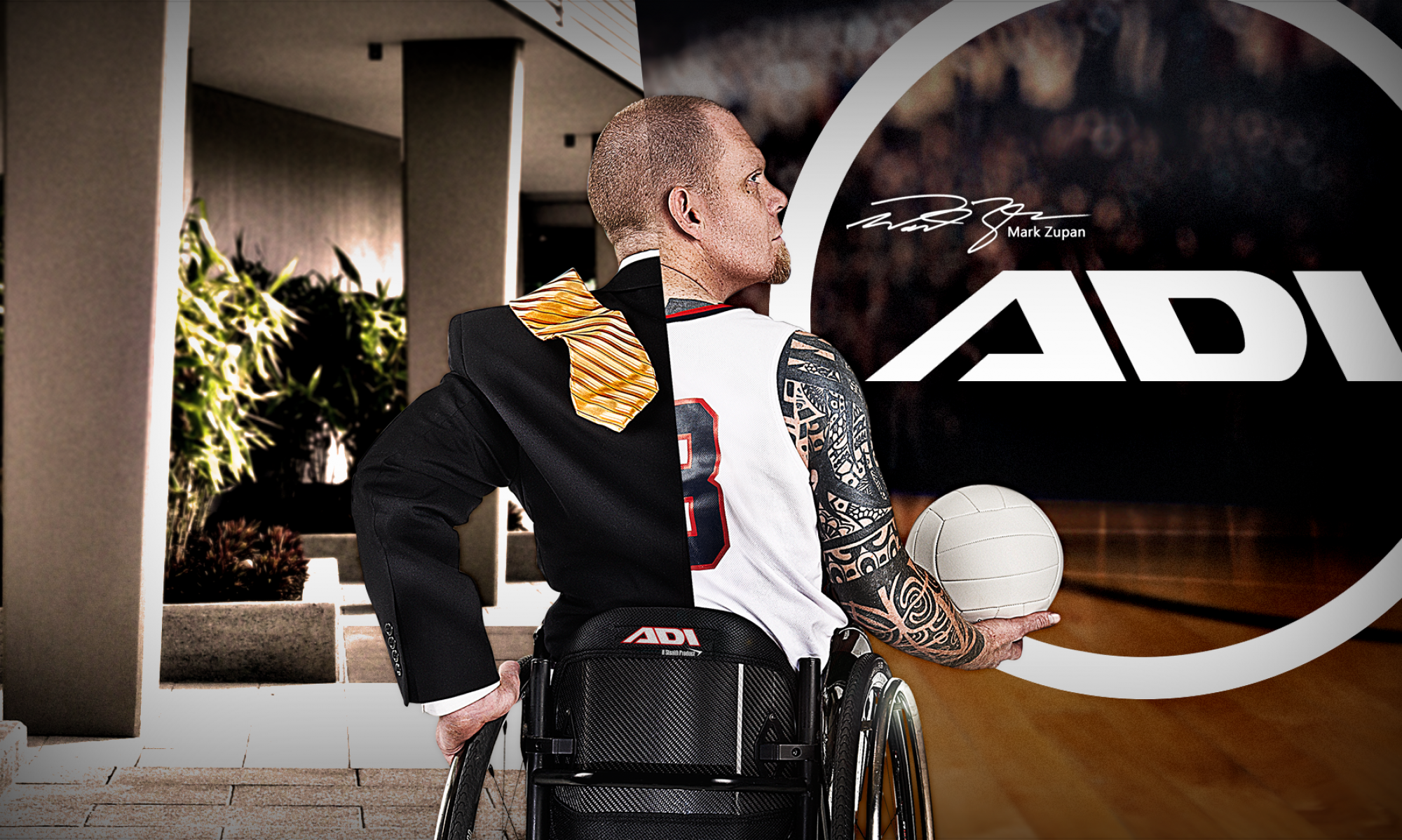-
asdfaas211 posted an update 3 years, 6 months ago
Manufacturers can produce special versions of the twist drill bit, varying the geometry and the materials used, to suit particular machinery and particular materials to be cut. Twist drill bits are available in the widest choice of tooling materials. However, even for industrial users, most holes are drilled with standard high speed steel bits.
The most common twist drill bit (sold in general hardware stores) has a point angle of 118 degrees, acceptable for use in wood, metal, plastic, and most other materials, although it does not perform as well as using the optimum angle for each material. In most materials it does not tend to wander or dig in.
A more aggressive angle, such as 90 degrees, is suited for very soft plastics and other materials; it would wear rapidly in hard materials. Such a bit is generally self-starting and can cut very quickly. A shallower angle, such as 150 degrees, is suited for drilling steels and other tougher materials. This style of bit requires a starter hole, but does not bind or suffer premature wear so long as a suitable feed rate is used.
Drill bits with no point angle are used in situations where a blind, flat-bottomed hole is required. These bits are very sensitive to changes in lip angle, and even a slight change can result in an inappropriately fast cutting drill bit that will suffer premature wear.
Long series drill bits are unusually long twist drill bits. However, they are not the best tool for routinely drilling deep holes, as they require frequent withdrawal to clear the flutes of swarf and to prevent breakage of the bit. Instead, gun drill bits are preferred for deep hole drilling.
About Dealer Hub Members
If you are logged in, you can see other members and select their link to send them requests or just start up a professional conversation. (This site will be monitored and any content deemed offensive or threatening will be removed.)

